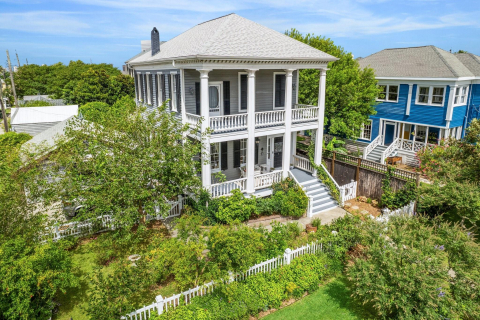The Soil and Soul of Wine — This Napa Valley Winemaker Understands You Need Both
We're Talking Grapes With Dan Petroski
BY James Brock // 05.27.21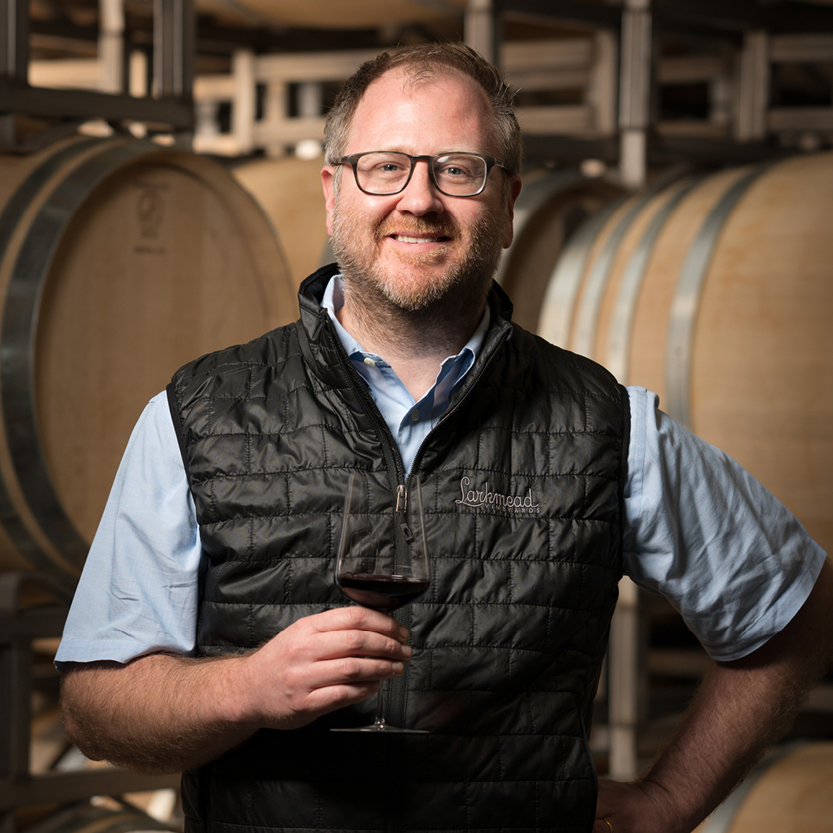
Dan Petroski, whose Massican wines have a loyal following, also makes wine for Larkmead Vineyards.
I love to talk about wine with people who share my passion for it. We open bottles, we trade stories about travel and soil types, terroir and residual sugar, and we talk of taste and food and restaurants. We recommend wines to one another, we drink, and we learn a lot.
In Wine Talk, I introduce you to friends, acquaintances, and people I meet as I make my way around the world, individuals who love wine as much as I do, who live to taste, who farm and make wine. You’ll appreciate their insight, and I hope you’ll learn something from them as well.
Dan Petroski is the man behind some of my favorite white wines made in California. His Massican flagship Annia is on my always-have-around list — it’s a blend of Tocai Friulano, Ribolla Gialla and Chardonnay, and I love its versatility with food and its fetching minerality. If you’ve never experienced a bottle of it, find one today.
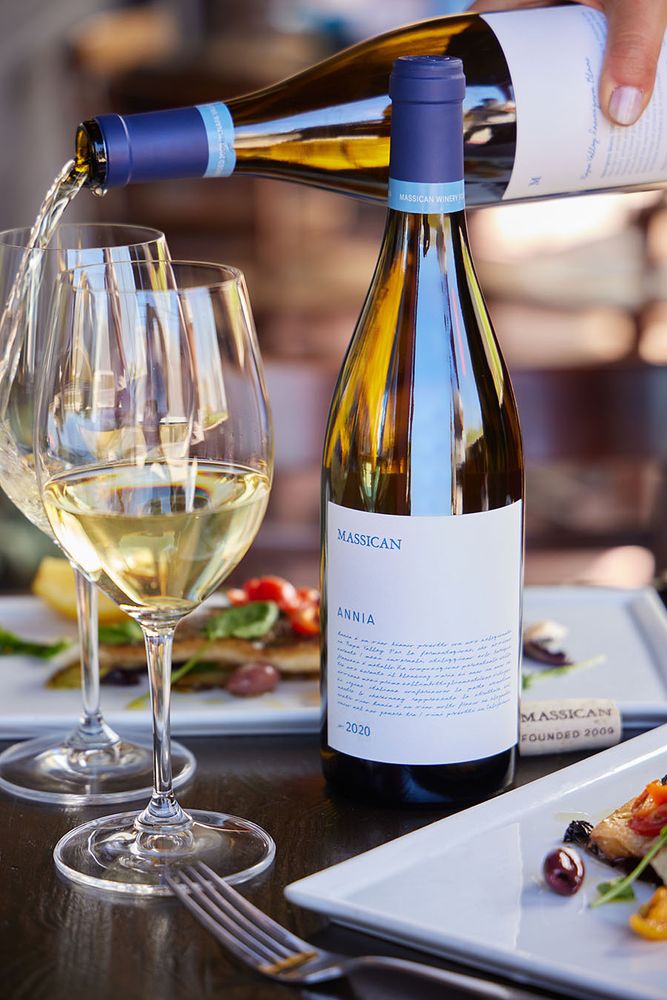
Petroski is also in charge of the winemaking at Larkmead Vineyards, and I recently had the pleasure of participating in a virtual session with him and others that took a deep dive into the soils at Larkmead and their effect on the estate’s Cabernet Sauvignon. We tasted three barrel samples and examined some of the soil. Petroski — who graduated from Columbia University with a degree in history (minor in ancient Greek and Roman history) and played football at the school — spoke eloquently and with authority about the topic.
Any semi-serious wine drinker knows that what a vine (or its rootstock) grows in has (or should have) profound effect on what it produces. But listening to Petroski and Brenna J. Quigley, a geologist who is working with Larkmead (among other clients), talk about that relationship was a valuable way to spend an hour.
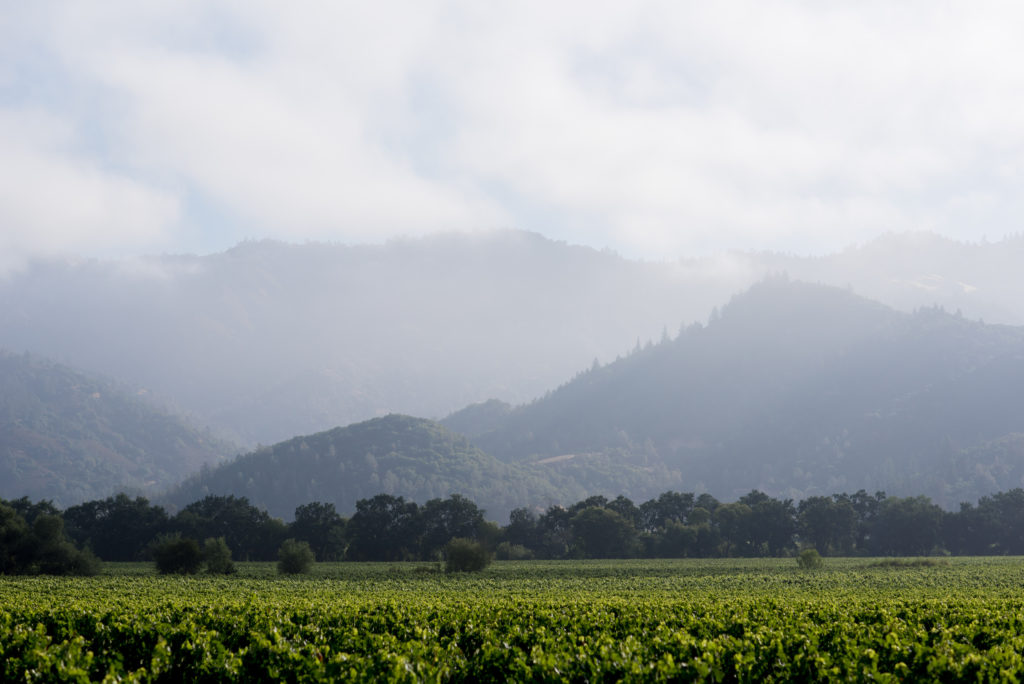
Petroski has stated that “Larkmead is blessed with a diverse estate that based on soil profile alone is a snapshot of the entire Napa Valley” and he and Quigley conveyed that in an illuminating manner during the online session. The estate comprises 110 acres planted to vines (69.4 acres of Cabernet Sauvignon, 12.4 acres of Sauvignon Blanc, 11.5 acres of Merlot, 8 acres of Cabernet Franc, 6.6 acres of Petit Verdot, 1.2 acres of Malbec, and 1.1 acres of Tocai Friulano), and the soil profiles include Pleasanton loam, Cortina gravelly loam, Bale clay loam, Bale loam, Clear Lake clay and Cole Silt loam. (If geology turns you on, I recommend John McPhee’s Annals of the Former World. It’s a fascinating masterpiece, written by a master.)
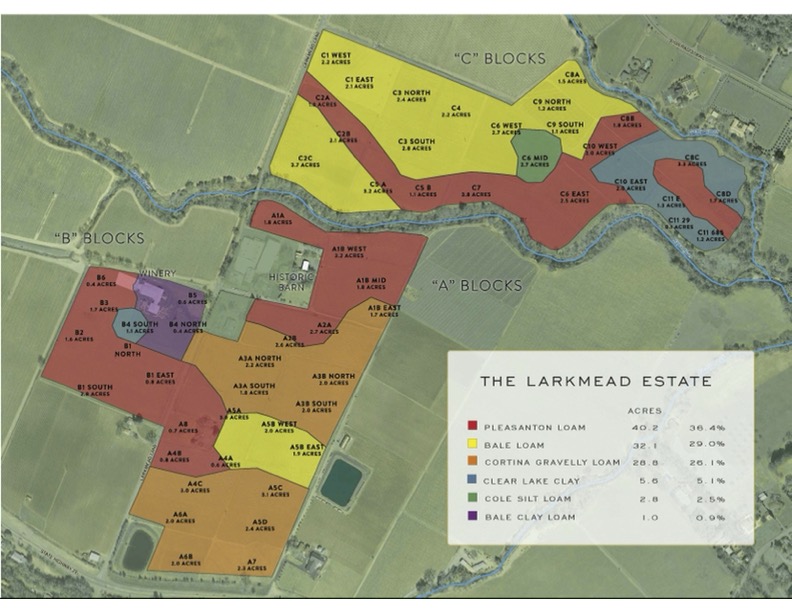
Larkmead was founded in 1895, making it one of the oldest family-owned estates in Napa Valley. While the original owners did make wine for a period of time after its founding, during the second half of the 20th century Larkmead grew grapes for other wineries and winemakers only. Beginning in 1997 that changed, and wine was once again being made under the Larkmead name. (Larkmead still sells 50 percent of its fruit to other entities).
Petroski joined the team as winemaker in 2007 — current owners Cam and Kate Solari Baker know talent when they see it — and in 2020 the estate established and planted a research block (I’ll have more on that in a later article).
Petroski’s style is enthusiastic, thoughtful and engaging. I’m glad he left his career in publishing at Time Inc. to pursue his passion, because he’s making wines I admire and look forward to drinking and sharing.
Let’s get to Dan Petroski in his own words.
James Brock: How has COVID-19 changed your work and life?
Dan Petroski: The shelter-in-place conditions during the COVID-19 pandemic slowed my life down for sure, but it also opened a world of virtual meet-ups and cocktail hours to get to know some of our direct customers a little better.
As wine professionals, historically our relationship building has been with our trade partners — wholesale, restaurant and retail buyers — but 2020 turned that upside down a bit and put us directly, virtually in front of the people who drink our wine. That was special.
JB: Tell us about three wines you think are drinking well at the moment. What makes them worthwhile? How about a food pairing for each one?
DP: I really love drinking our wines young in fine wine terms — the current release vintages of Larkmead have such great vibrancy that the wines are a joy to drink. I am talking about the 2018, 2016, 2014, 2013 and 2010 vintages specifically for red wines at Larkmead. On a white wine side, I really appreciate our Sauvignon Blanc style, which is a little weightier than a classic table-friendly Sancerre..
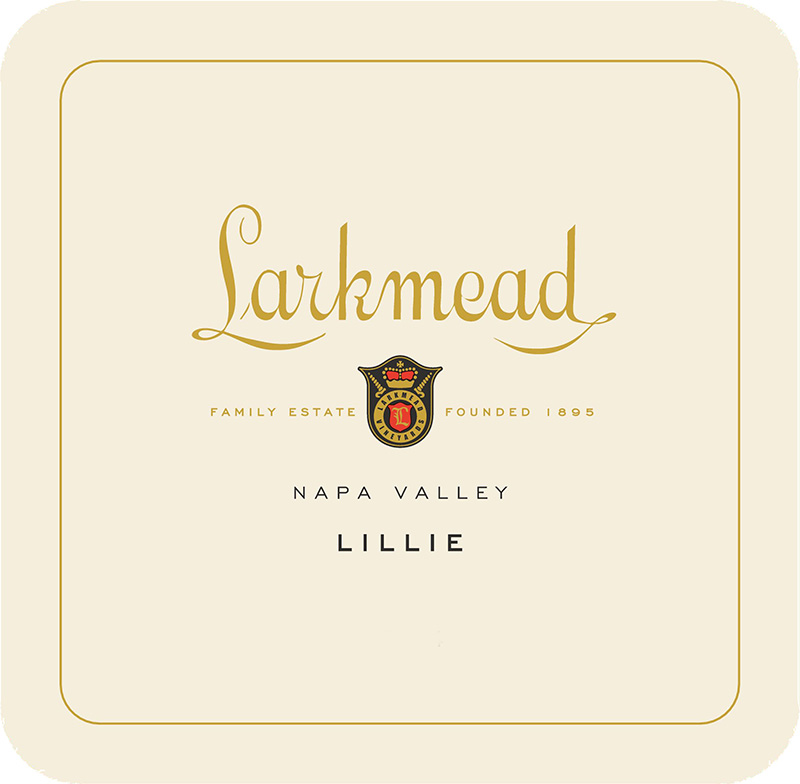
If I had to host a Larkmead dinner tonight, I would choose our 2018 Lillie Sauvignon Blanc paired with anchovies in butter with crusty bread and maybe a fennel salad. A 2013 Larkmead Cabernet Sauvignon paired with a Zuni-style roasted chicken. And a 2010 Larkmead Solari Cabernet Sauvignon with a selection of hard and soft cheeses to finish the night.
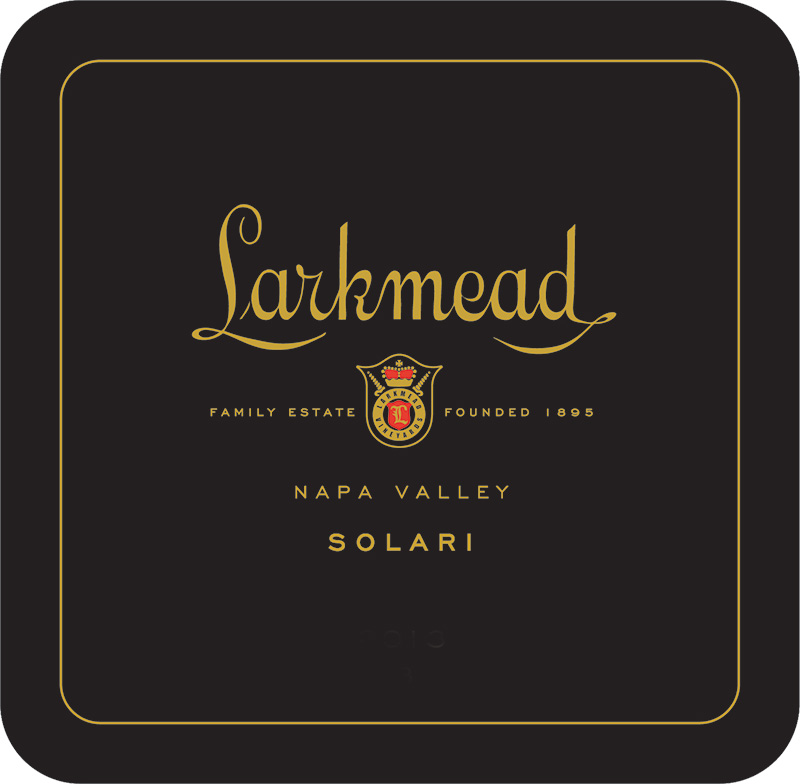
JB: If cost was no consideration, tell us the one bottle you would add to your personal collection, and why.
DP: I never drink wine alone, so there is no cost (high or low) that I wouldn’t pay to share a glass of wine with someone. And we all know that a glass of Champagne brings the most joy, so I would love to add as many bottles of my favorite Champagne, Philipponnat Clos des Goisses to my cellar.
JB: What is your favorite grape variety, and why?
DP: Chardonnay in all its forms is one of my favorite grapes. I will go to my grave extolling the beauty of Sauvignon Blanc, and Tocai Friulano is my favorite wine grape that makes the most versatile food-pairing wine. But Cabernet and its sibling Merlot will always haunt me. My top bottles consumed all-time remain Bordeaux blends.
JB: How about one bottle that our readers should buy now to cellar for 10 years, to celebrate a birth, anniversary, or other red-letter day?
DP: Larkmead or any Napa Valley Cabernet from 2013 or 2016.
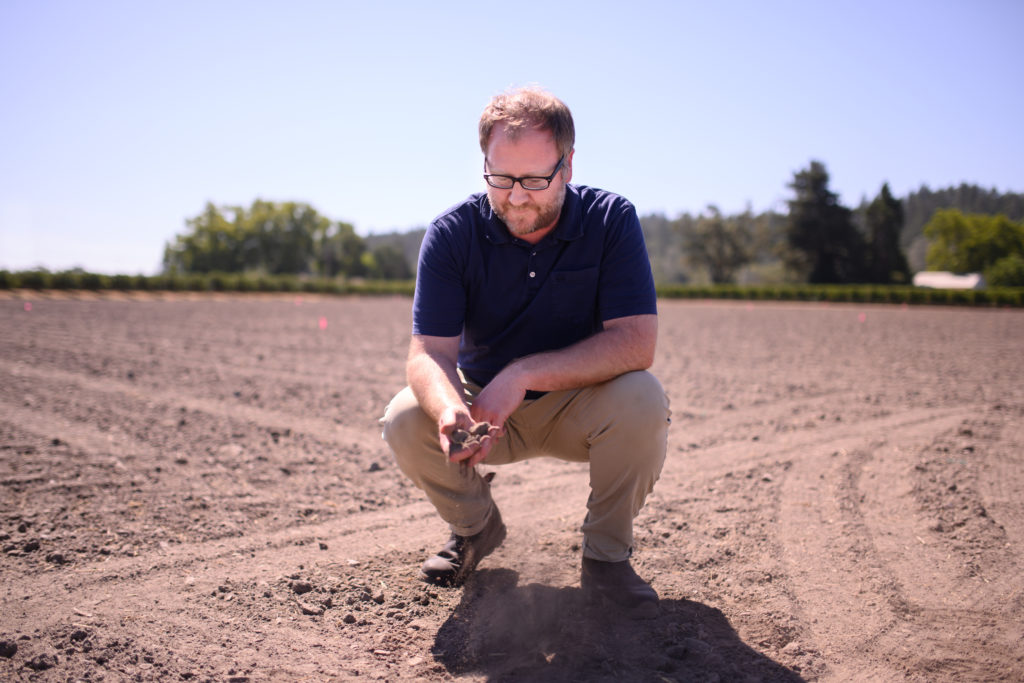
JB: Where is your go-to place when you want to have a glass or bottle (outside of your home and workplace)?
DP: When in Napa, it is great to sit at a bar at all my neighborhood haunts — DM me for a list. When traveling to my hometown, NYC, I love spending time at the bar at all of Danny Meyer’s restaurants, whether Gramercy Tavern, Maialino or more.
JB: If there was one thing you wish everyone would keep in mind when buying and drinking wine, what is it?
DP: Drink what makes you feel good — the story, the deliciousness, the price point, the moment. . . whatever makes you enjoy it the most.
JB: What is your “wine eureka moment,” the incident/taste/encounter that put you and wine on an intimate plane forever?
DP: Probably the story I was told of Sean Thackrey and his wines when sitting at Le Bernardin in 1999. To hear the story of a former art gallery owner who moved out to the far Sonoma Coast and studied the history of wine growing back to ancient Greek and Rome. Sean went on to name his flagship wine after the constellation Pleiades because his blend was of seven grape varieties. This was the story that made me change my life five or six years later and pursue a career in wine.
JB: What has been the strangest moment or incident involving wine that you have experienced in your career thus far?
DP: Strangest would probably be when I taste a wine that I made and say, “Wow, did I make that?” I am very hard on myself and my winemaking. I always say, the best is yet to come, and I hope you come for the ride with me.
JB: Your favorite wine reference in a work of literature?
DP: When T.S. Eliot wrote in The Love Song of J. Alfred Prufrock, “Of restless nights in one-night cheap hotels, And sawdust restaurants with oyster-shells.”
Eliot didn’t mention wine in those lines, but I want a cigarette and a glass of Chablis every time I read them.
For more wine, travel and other stories from James Brock, check out Mise en Place.


_md.jpg)






